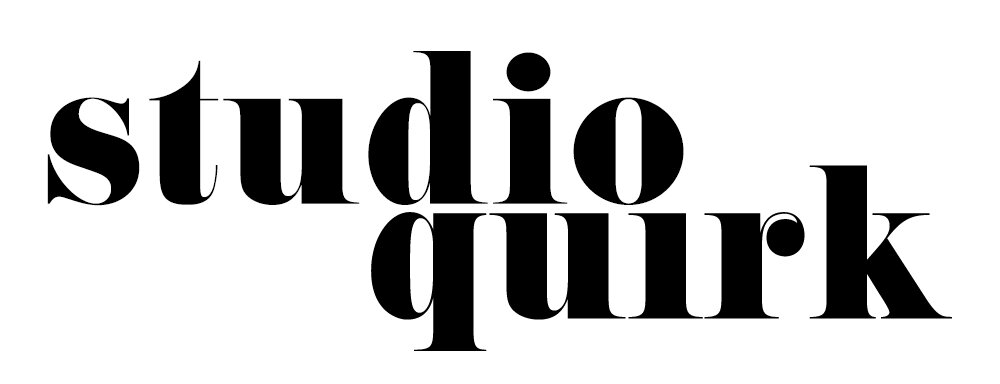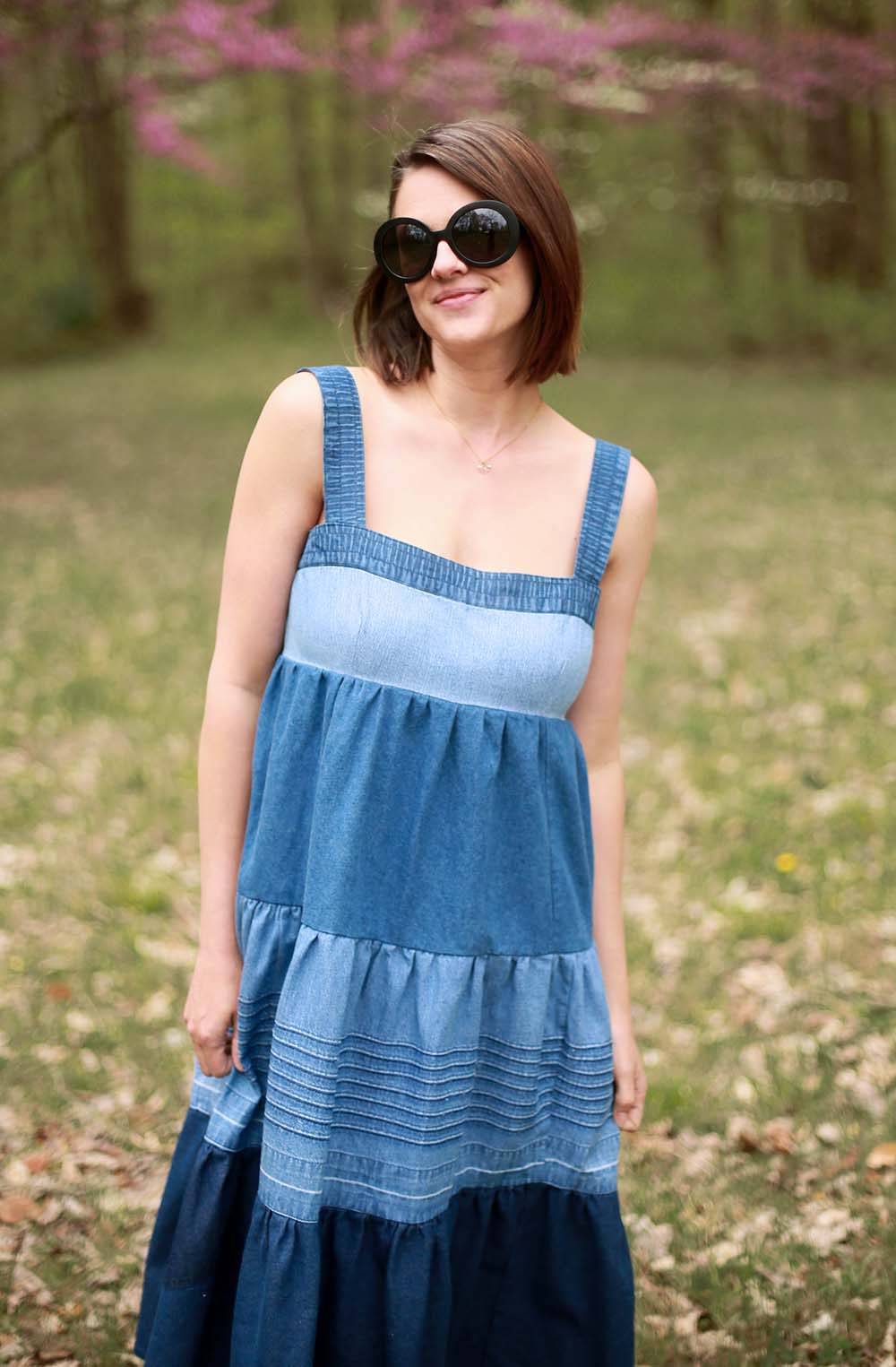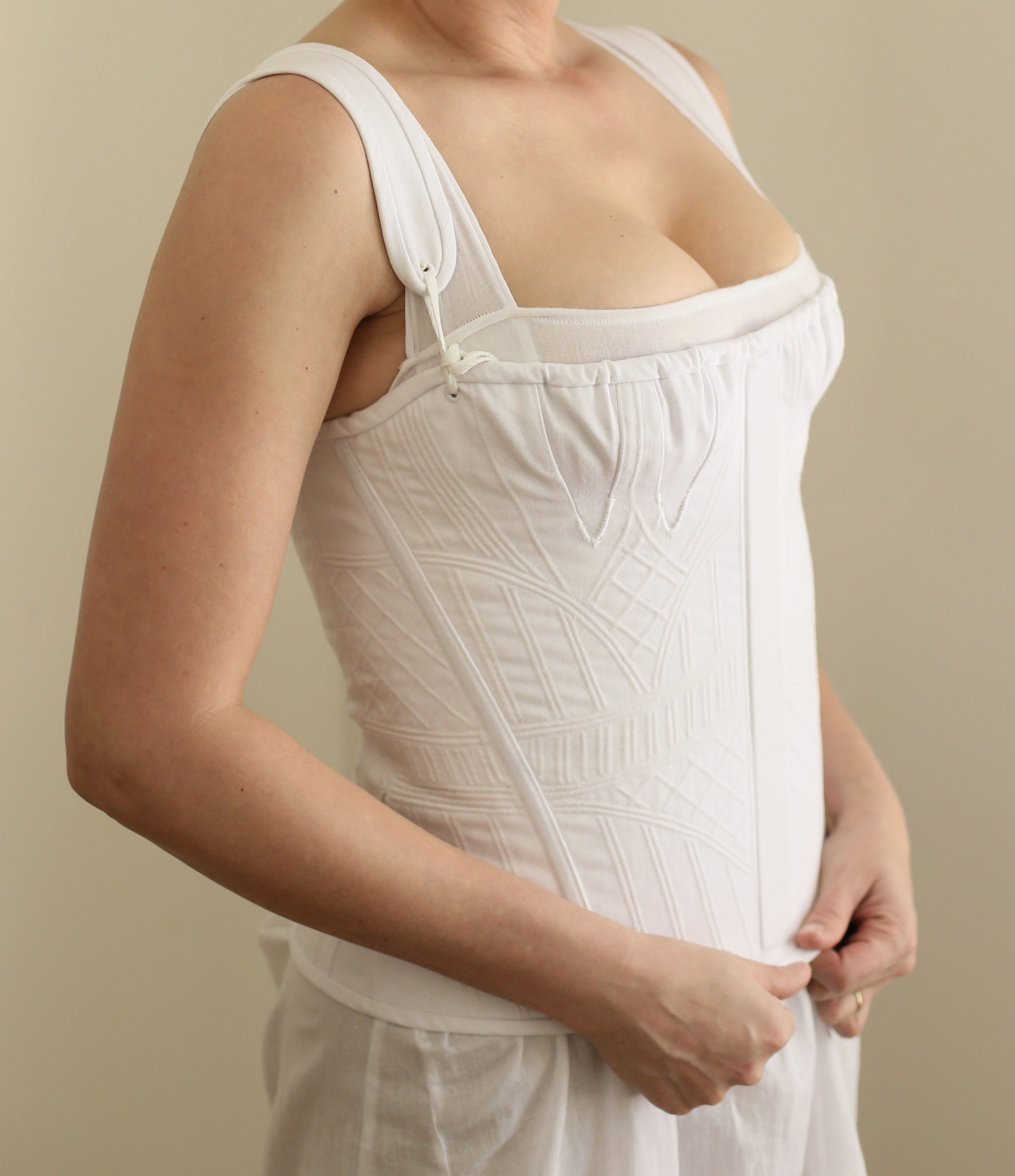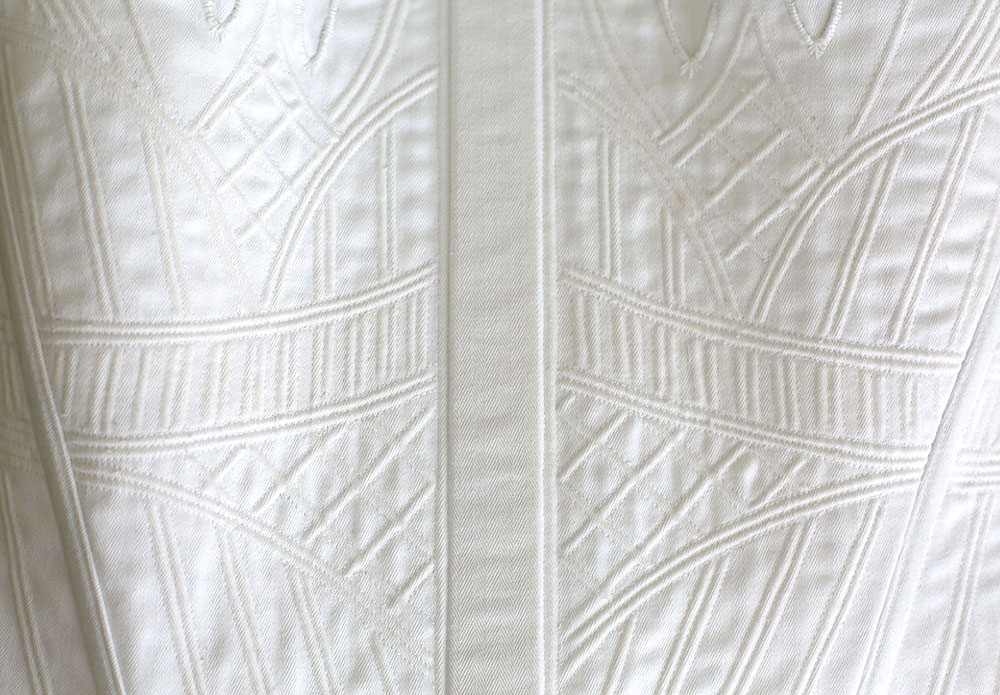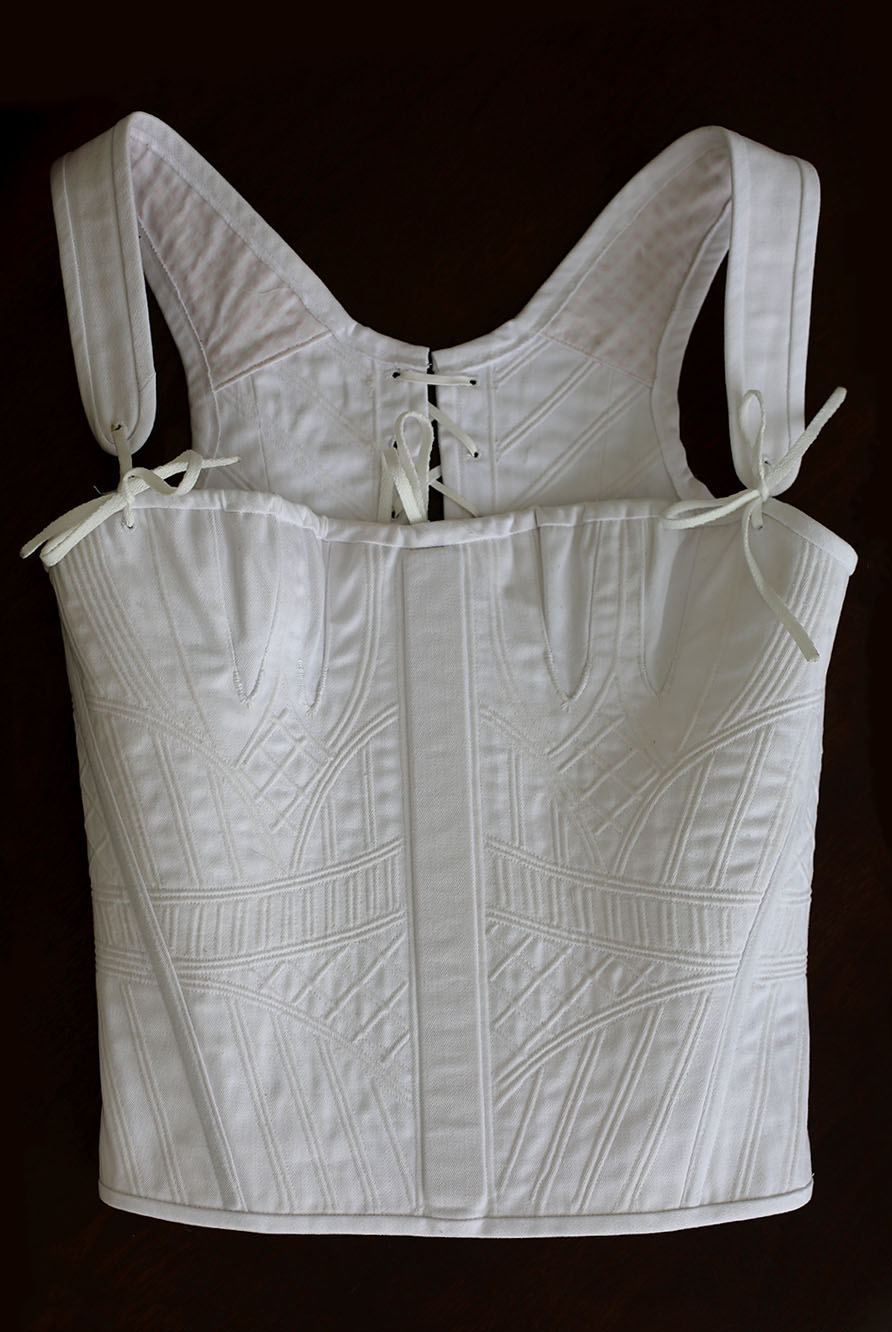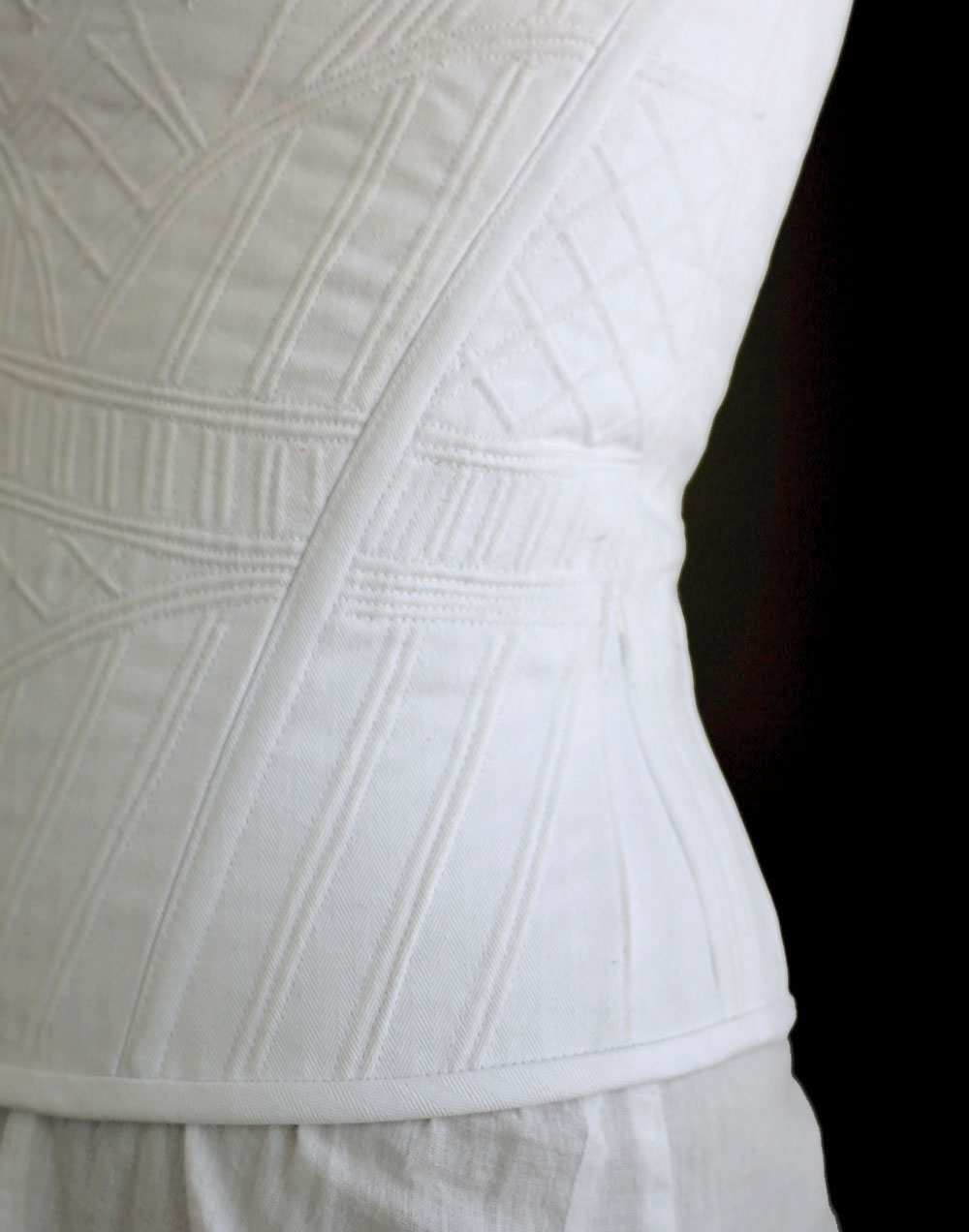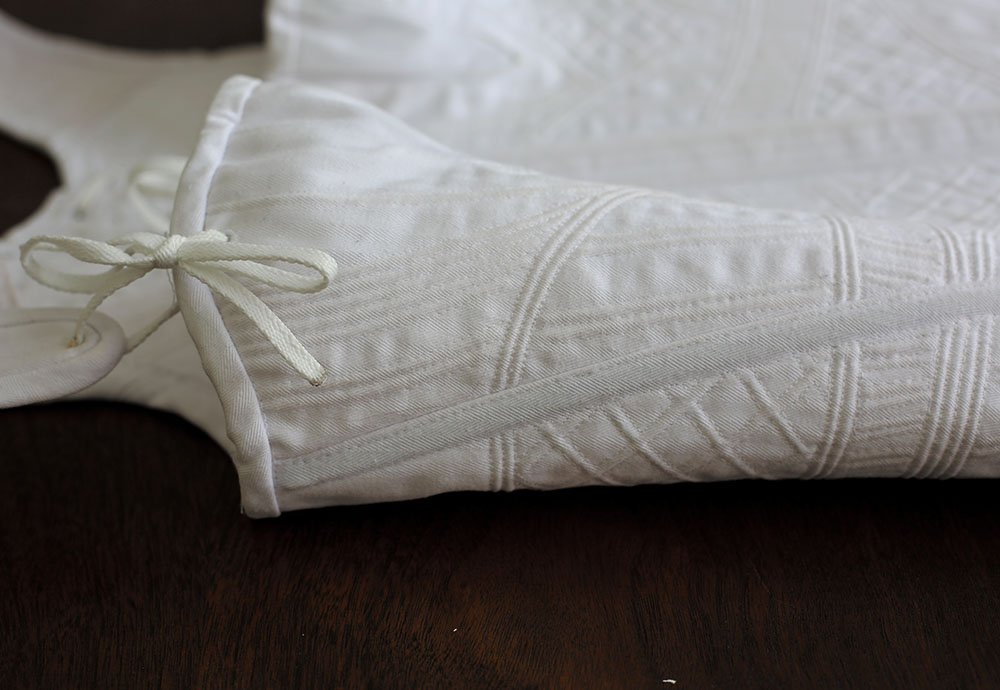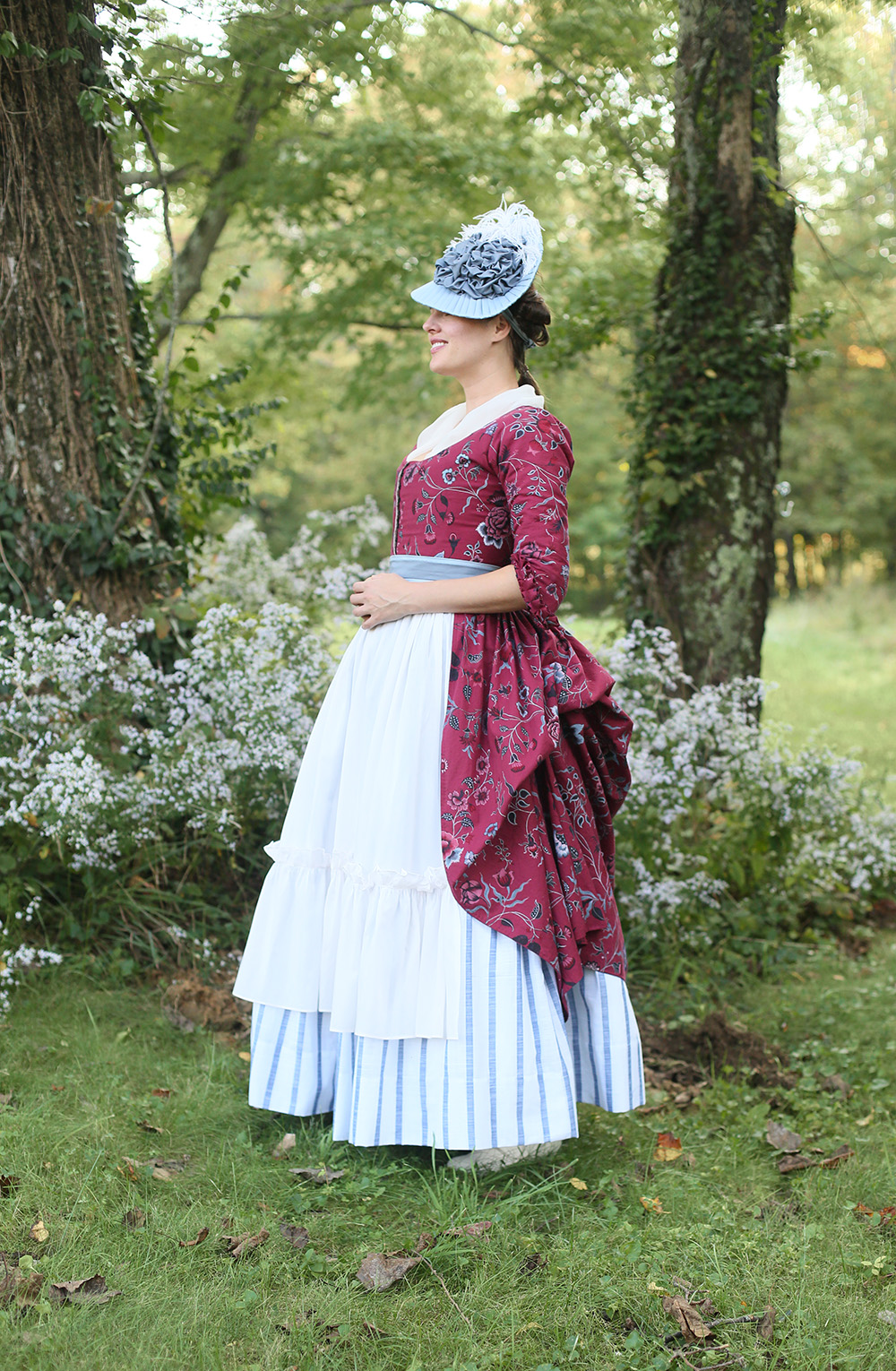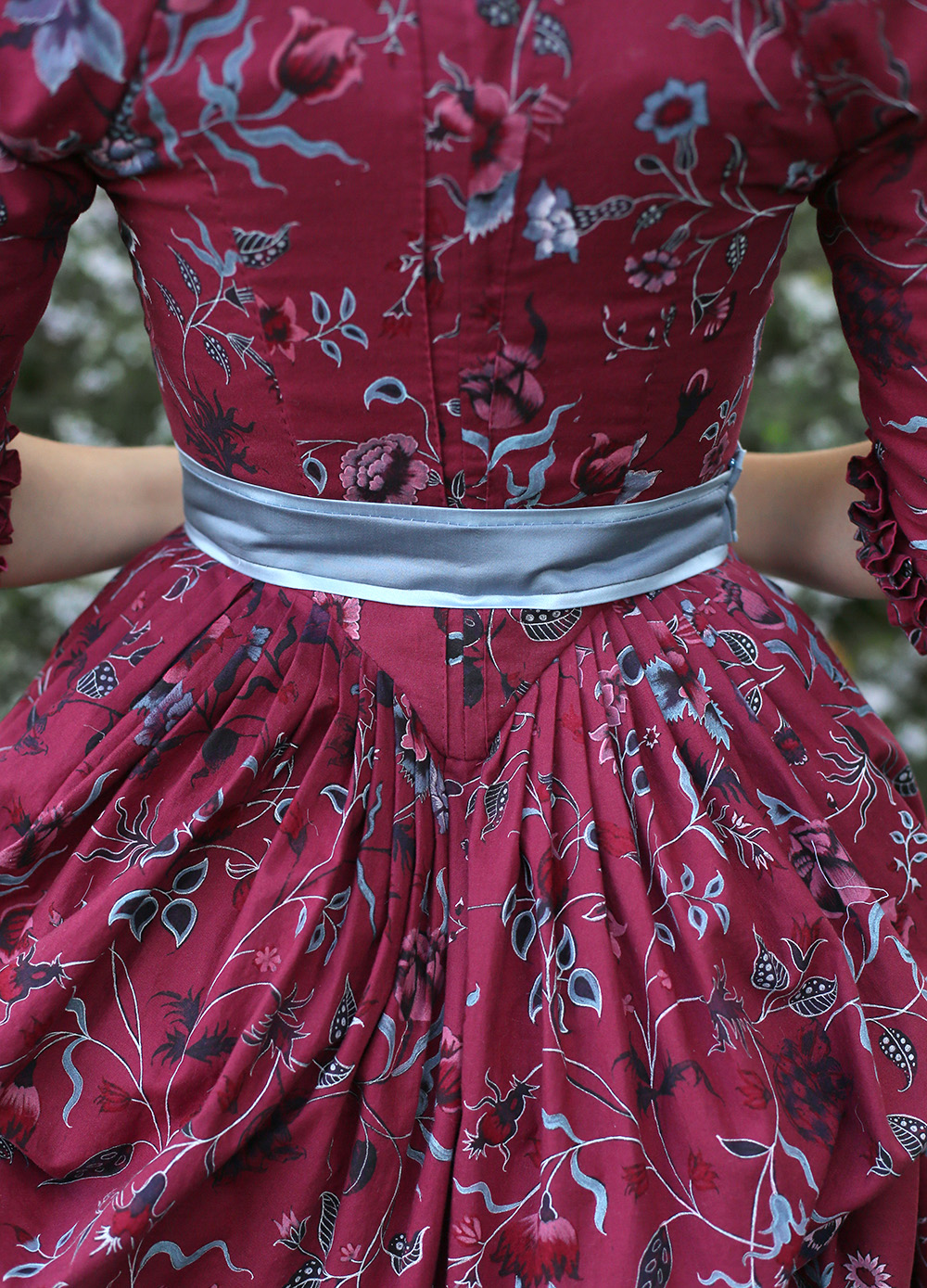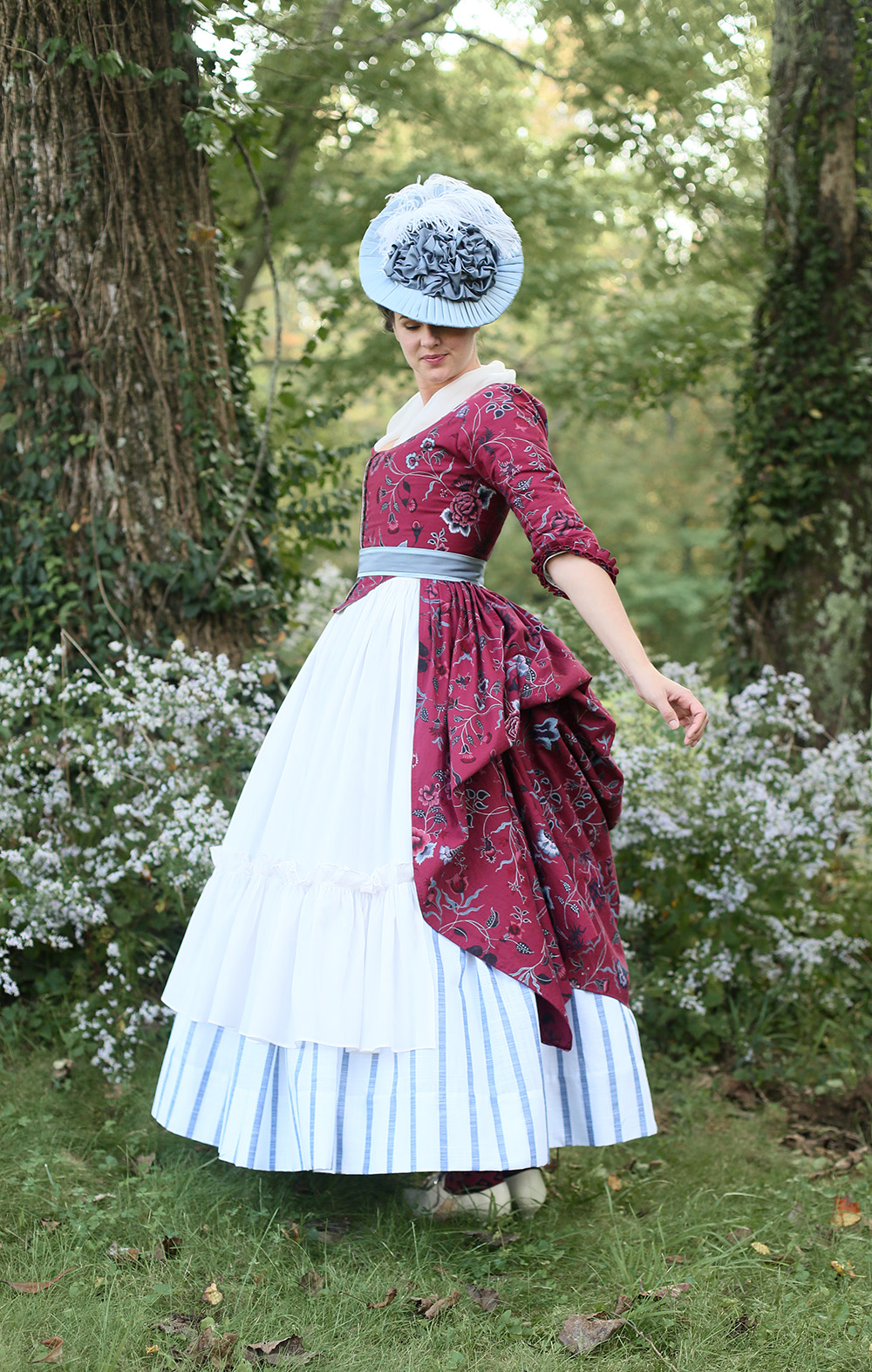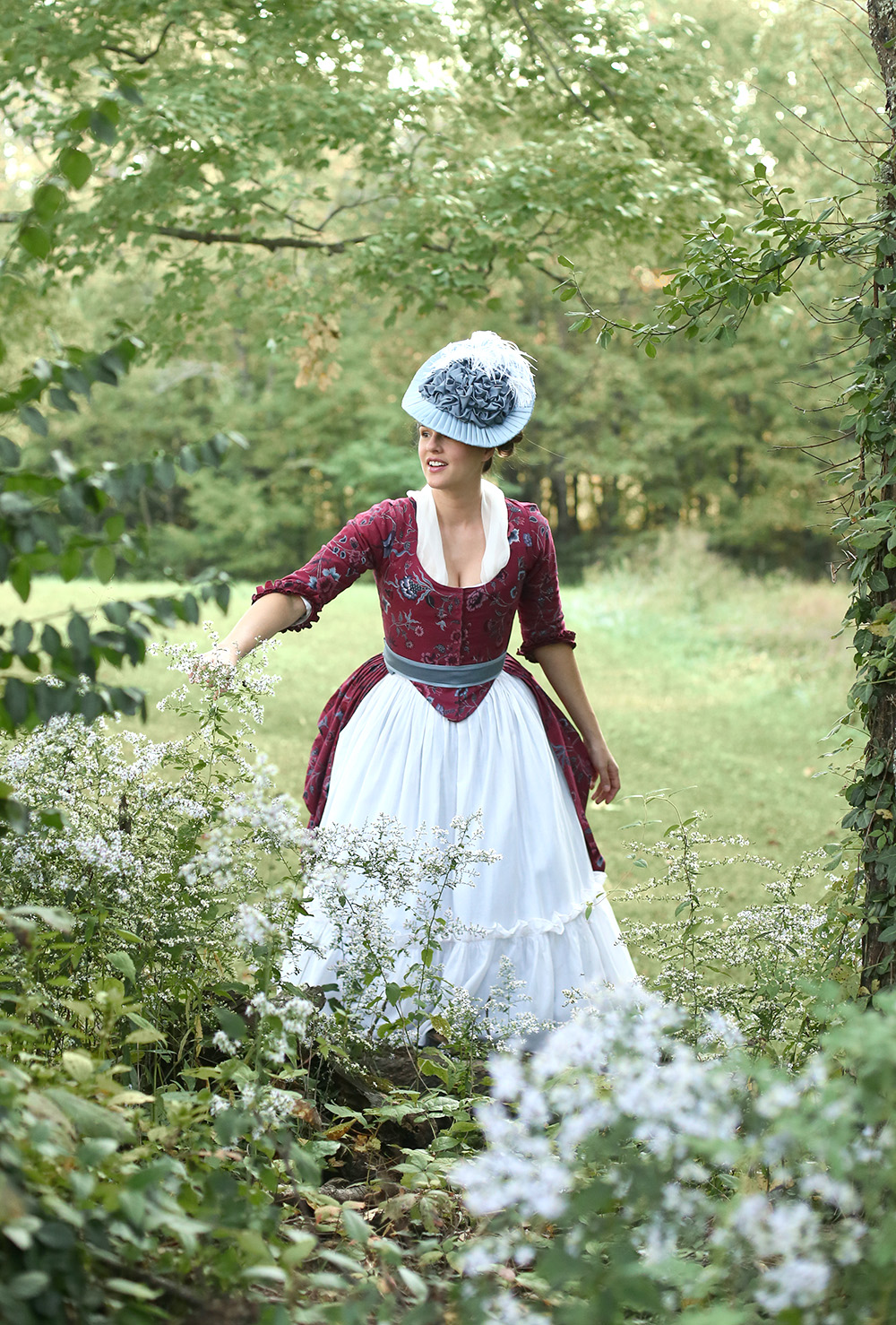Time Traveling | Early 19th Century Corded Stays
/I’ve been on a sewing roll in 2019 and my latest project is a pair of early 19th century stays. As fashion moved towards a neoclassical influence around the turn of the century, the undergarments worn also evolved. Instead of shaping the torso into a conical shape (like my first pair of stays), the shape of the bosom was more defined by lifting and separating the bust (versus just smushing them up like previous centuries).
The construction for this new shape incorporates gussets, or triangular shaped inserts, to give more shape to the stays. To me this is probably the first version of the bra we know and wear today - from flattened uniboobs to more rounded cups.
When it comes to my historical undergarments - you know me - the more elaborate, the better! Enter the idea for corded stays. These actually fall more towards the 1820-1830s due to the cording, but I’m hoping the shape of this garment will work for costumes between 1800-1840. Plus I wanted to make something spectacular, and I think I’ve done it!
For my base pattern, I worked with the Laughing Moon Mercantile 115 and chose a white coutil (a tightly woven fabric made for corsetry). I made a quick mock up in size 16, determined I could size down and got to the business of cutting and cording my pieces.
For my cording design I used extant museum pieces (specifically this one) as my inspiration. I first drew sketches of the overall look and then moved to creating them on my paper pattern. I then taped my fabric and cording design to my windows and traced them with a water soluble pen. The design I started with is far less intricate than my final design because I just kept adding, adding, adding channels (even after front and back sides were joined) but I’m really glad I did. This is an intentionally softer style corset (there’s way more breathing room than my earlier pair) and isn’t meant for major waist reduction like mid 19th century - 20th century styles. It does provide posture correction and some shaping, but my rib cage can expand so much more than a heavily boned version. There are only four total boning channels, plus the front busk pocket so all of the extra cording gives the garment more strength. Plus I think it’s really beautiful!
After the channels are sewn, loose tails are threaded into a needle and taken to the back side. Every single stop and start of a stitching line! After a while I altered my technique a bit so I could sew one whole section (like 4 parallel lines) without cutting my thread. It can get mighty messy with all of those threads on the backside. Once they were pulled to the back, I tied the bobbin and top threads together and cut them near the knot. Then comes the fun part of actually getting the cording into the channels.
I did this using a combination of large needles, needle nose pliers and a fierce determination to carry on even when my fingers were so sore! You need the pliers to grab the needle and keep it from slipping as you gather the thick fabric and push the needle through. I can’t imagine even getting one channel complete without them! For the majority of the channels, I used a blunt tapestry needle, but I also used a long (4-5”) sharper needle to quickly get me through shorter channels. I had to be very careful to not puncture my top fabric with the needles and keep the cording (I just used cotton yarn) in place.
After the gussets were sewn and flossed (part embroidery, part stabilization), I moved onto the back eyelets. Those are all hand sewn and call me crazy but I LOVE doing them. They’re so cute and strong! Finally, after the straps were sewn to the back, I did bias binding around both the top and bottom edges. This is another thing I really love! If you’re precise, it looks so crisp and amazing. During that process I also added a drawstring channel to the top of the front so I could draw in the excess space created by the bust gussets.
The center front busk is a flat wooden piece inserted into a pocket. In my early construction phases I just used a freebie paint stick (as many a historical costumer has recommended online!) but wanted something a little more special and straight (there’s a small indentation about 2” from one edge on both left and right sides I didn’t want showing through my stays. Adam was able to run out to his woodshop and brought back a gorgeous ash version (wood leftover from our dining room floors!) in under 5 minutes! Thanks Adam!
This project took about seven working days to complete (during weekends, while kids are playing or at night). My pattern, fabric and lacing were a gift from my mother in law - thank you Mary!!!) and I harvested old steel bones (creepy!) from a corset I’m not planning on wearing again.
In the end I’m excited to add this piece to my costume closet and start making regency style dresses to be worn over it. If you’d like to see more behind the scenes, check out my Instagram Highlights to watch the process!
